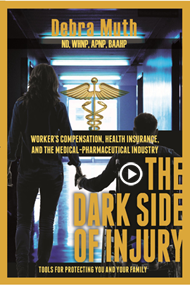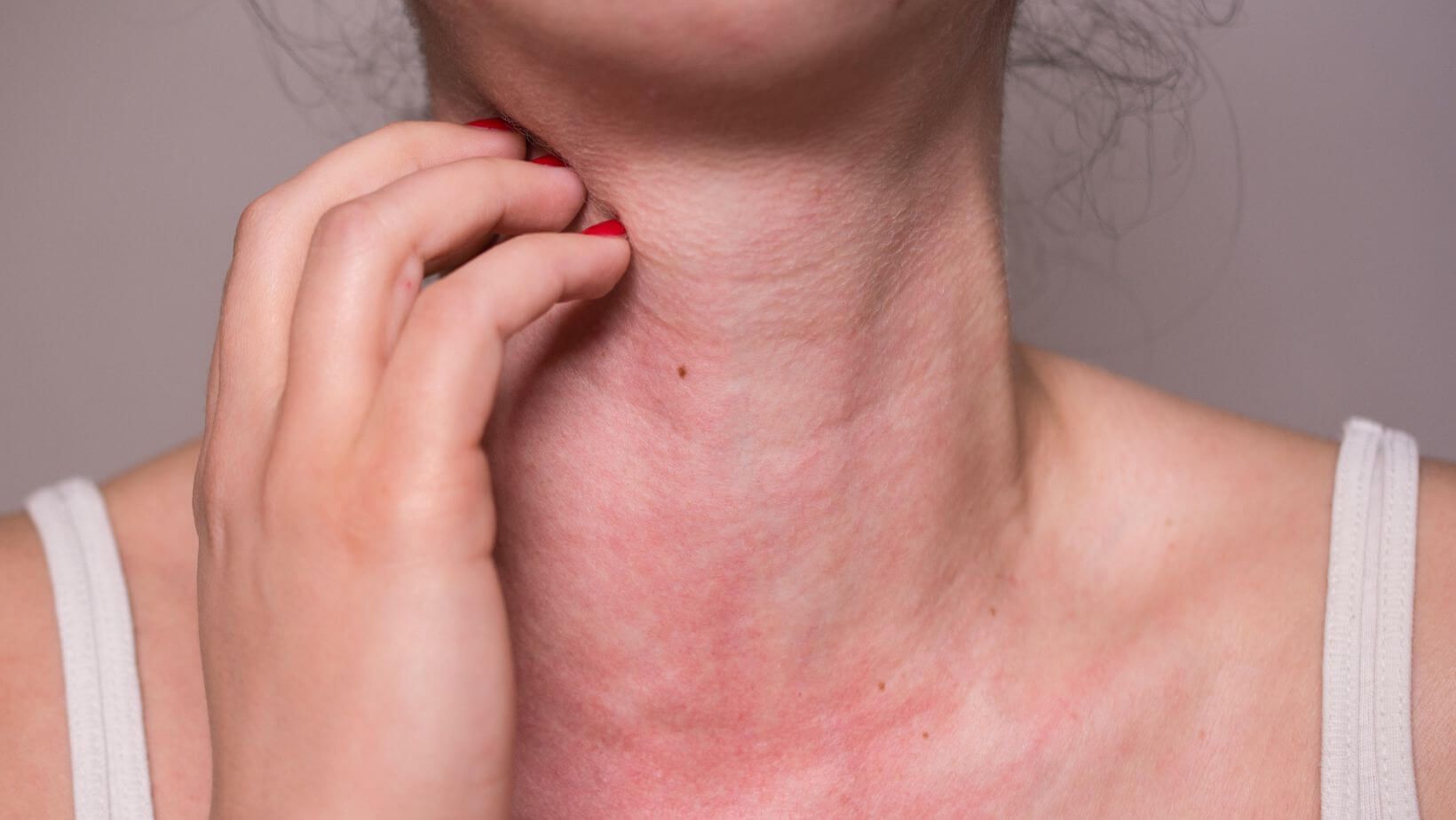Chronic Lyme disease does exist
It is defined as an infection that has been ongoing without treatment for over three months. When this occurs patients may face a long hard fight to wellness.
When someone suffers from chronic Lyme they can have multiple debilitating symptoms, including but not limited to; severe fatigue, anxiety, headaches, and joint pain. Without proper treatment, people who suffer from chronic Lyme disease have a decline in quality of life.
Lyme disease is a complex disease that can be highly difficult to diagnose. Reliable diagnostic tests are not yet available which leaves many—patients and physicians alike—relying on the clinical symptoms of Lyme disease.
Lyme disease symptoms:
- Discovery of a tick on the skin
- Determination of a tick from an endemic area
- A bull’s eye rash
- Possibly joint pain
However, ILADS research indicates that only 50%-60% of patients recall a tick bite; the rash is reported in only 35% to 60% of patients; and joint swelling typically occurs in only 20% to 30% of patients.
Given the prevalent use of over the counter anti-inflammatory medications such as Ibuprofen, join inflammation is often masked.
It is unfortunate that a significant number people who contract Lyme disease are misdiagnosed during the early stages, based on the statistics above. This leads to a chronic form of the disease that can prove even more difficult to diagnose and treat.
Lyme disease is often referred to as the “great imitator” because it mimics other conditions, often causing patients to suffer a complicated maze of doctors in search of appropriate treatment.
Serenity Health Care Center is dedicated to assisting clients with Lyme disease. The following tips are designed to offer guidance and minimize the risk of contracting chronic Lyme disease.
1. Lyme disease is a nationwide problem
Contrary to popular belief, Lyme disease is not just an “East Coast” problem. In fact, in the last ten years, ticks known to carry Lyme disease have been identified in all 50 states and worldwide. Although the black legged tick is considered the traditional source of Lyme disease, new tick species such as the Lonestar tick and a pacific coast tick, have been found to carry Borrelia burgdorferi, the corkscrew-shaped bacterium that causes Lyme disease. Wisconsin is a known endemic state for Lyme disease.
The first step in prevention of Lyme disease is avoiding a tick bite. One needn’t have been “hiking in the woods” in order to be bitten by a tick. There can be ticks wherever there is grass or vegetation, and tick bites can happen any time of year. Spraying one’ s clothes with DEET-containing insecticide or a new essential oil called Ticks-N-All that Serenity Health Care Center recommends. Wear long sleeves and long pants, and “tuck pants into socks”, continue to be the best ways to avoid ticks attaching to the skin. But don’t forget the post-walk body check.
2. Check your tick facts
Ticks can vary in size from a poppy-seed size nymphal tick to a sesame-seed size adult tick. The ticks can carry other infectious agents besides the spirochete that causes Lyme disease, including Ehrlichia, Anaplamosis, Babesia, and Bartonella. Lyme disease can sometimes be hard to cure if these other infections are not treated at the same time.
3. Show your doctor every rash
The bull’s eye rash is the most famous, but there are many other types of rashes associated with Lyme disease. In fact, Lyme disease rashes can be mistaken for spider bites or skin infections. Take photos and make sure a medical professional sees the rash before it fades.
4. Don’t assume that you can’t have Lyme disease if you don ‘t have a rash
Lyme disease is difficult to diagnose without a rash, Bell’s palsy, arthritis, or meningitis, and simple flu like symptoms can present with the tick bite. You can still have Lyme and not have any of those signs or symptoms.
Many people react differently to the infection and experience fatigue, headaches, irritability, anxiety, crying, sleep disturbance, poor memory and concentration, chest pain, palpitations, lightheadedness, joint pain, numbness and tingling.
5. Do not rely on test results
Currently there is no reliable test to determine if someone has contracted Lyme disease or is cured of it. False positives and false negatives often occur, though false negatives are far more common. In fact, some studies indicate up to 50% of the patients tested for Lyme disease receive false negative results.
As a result, the CDC relies on physicians to make a clinical diagnosis based on a patient’s symptoms, health history, and exposure risks. Doctors who are experienced in recognizing Lyme disease will treat when symptoms typical of the illness are present, even without a positive test, in an effort to prevent the development of chronic Lyme disease.
6. Be aware of similar conditions
Chronic Lyme disease is called the “great imitator” because it is often misdiagnosed as another condition such as Multiple Sclerosis, Fibromyalgia, chronic fatigue, or anxiety. Misdiagnosis is a common experience for patients with chronic Lyme disease. Treatments that work for these other illnesses are not appropriate for treating Lyme disease. Currently, the only effective treatment for Lyme disease is antibiotics.
Ask your doctor to carefully evaluate you for Lyme disease even if your tests are negative. If your doctor will not even consider this an option find another Lyme literate practitioner.
7. “Wait and See” approach to treatment may be risky
Up to fifty percent of ticks in Lyme-endemic areas are infected with Lyme or other tick-borne diseases. With odds like that, if you have proof or a high suspicion that you’ve been bitten by a tick, taking a “wait and see” approach to deciding whether to treat the disease has risks.
The onset of Lyme disease symptoms can be easily overlooked or mistaken for other illnesses. Once symptoms are more evident the disease may have already entered the central nervous system, and could be hard to cure.
This is one case in which an ounce of prevention really is worth a pound of cure.
8. Don’t be afraid to get a second opinion
Recognize that opinions on how to diagnose and treat Lyme disease vary widely among practitioners. It is worth getting a second or even a third opinion, especially if you are symptomatic and your practitioner advises not to treat, or symptoms recur or persist after treatment.
Keep in mind that your practitioner may focus too narrowly on diagnosing and treating a single symptom.
For example, a practitioner may diagnose a pain in your knee as “arthritis”, and not see this as just one part of a larger set of symptoms that adds up to a diagnosis of Lyme disease, which requires different treatment.
9. Know your treatment options
Work with your practitioner to identify the appropriate treatment option if your symptoms persist. There is more than one type of antibiotic available. Longer treatment is also an option.
You should also work with your doctor to make sure you don’t have another condition.
10. Expect success
You should expect to get better. You should not accept “watchful waiting” – the practice of stopping antibiotic treatment before you are well and then waiting for symptoms to clear on their own. Some practitioners advocate stopping Lyme treatment while the patient is still symptomatic and then hoping that he or she will eventually recover without further treatment.
Government trials have identified a number of individuals whose symptoms did not clear when treatment was cut off prematurely. There are practitioners who feel your symptoms will clear with further antibiotic treatment.
Call Serenity Health Care Center today if you have questions regarding Lyme disease 262-522-8640




 About 35 years ago, the federal government revised the dietary guidelines and advised Americans to consume 60% of their dietary intake from carbohydrates. The latest guidelines from the Institute of Medicine recommended a daily carbohydrate intake of 65% of the daily food intake.
About 35 years ago, the federal government revised the dietary guidelines and advised Americans to consume 60% of their dietary intake from carbohydrates. The latest guidelines from the Institute of Medicine recommended a daily carbohydrate intake of 65% of the daily food intake.